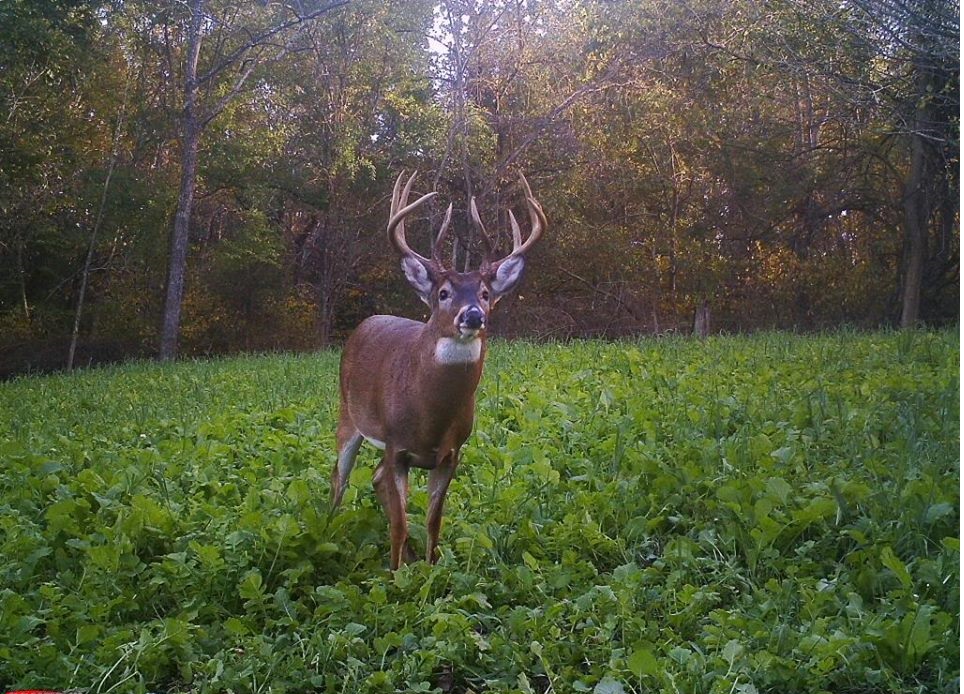When it comes to having a great deer property, it comes down to three simple words: habitat, habitat, and habitat. To be more specific, a good deer property will have plenty of food, cover, and security.
Nutrition Matters
All deer food is not created equal. On average a deer needs about 19% protein in their diet in order to prosper. Commercially available food plot forages are generally protein-rich as are fresh spring forbs, sprouts, leaves, and all the other native vegetation species deer use; however, winter browse is not very nutritious, especially in our far northern climes. Most winter browse is nutrition poor and is often in short supply.
A good clover food plot will produce a couple of tons of highly nutritious (25% protein) and easily digestible food (digestibility matters, too); an acre of brassicas is even richer. So, should you cover your property with food plots? Well, not unless you are a millionaire, and I have yet to see a food plot grow under a foot of snow.
Deer properties with 10% of their area planted in plots are superstars, though 1-2% of the land in plots is more average, if at all. Bottom line—most deer properties are in the woods and most woody browse produces only a fraction of the nutrition (3-6% protein most seasons of the year).
Woods Work
That leaves us with a preponderance of natural vegetation for deer food on most deer
properties. Now, make no mistake, deer have existed on natural vegetation for some 40,000 years so it can’t be all bad, but natural vegetation varies greatly on most deer hunting properties. The trick is to make the most of it.
An overstoried mature woodland will produce 50 or so pounds per acre (remember, deer live in a world 6 feet from the ground and below); abandoned weed fields and clear-cuts can produce 1,000 pounds per acre, while a well-thinned patch of woods produces 300 pounds to 500 pounds per acre. Nutrition varies with the species growing and soil. Natural vegetation seldom, if ever, has the nutritional content of a quality food plot, especially in winter.
The key to producing deer food in natural vegetation areas is to get the sun on the ground for at least four hours per day. Sunlight grows plants and deer eat plants, lots of them. Most of what grows under an overstory (if anything) is useless to a deer.
No wonder “a chainsaw is a deer’s best friend” is the most frequently uttered phrase at deer management meetings, not food nor deer.



















![The Best Deer Camp Chili [VIDEO] Deer Chili Ingredients, Tomatoes, Chili Spices](/wp-content/uploads/2015/10/Deer-Chili-Deer-Camp-Recipe-218x150.jpg)
![How to Call Elk Early in the Season [VIDEO]](/wp-content/uploads/2016/08/byers003-218x150.jpg)




![Idiots Disturb Hunter: How Would You Have Handled It? [VIDEO]](/wp-content/uploads/2015/10/DSC00110-e1474487693878-100x70.jpg)
![Albino Buck Shocked to Shed His Antlers [VIDEO]](/wp-content/uploads/2015/10/AlbinoDeer-100x70.jpg)